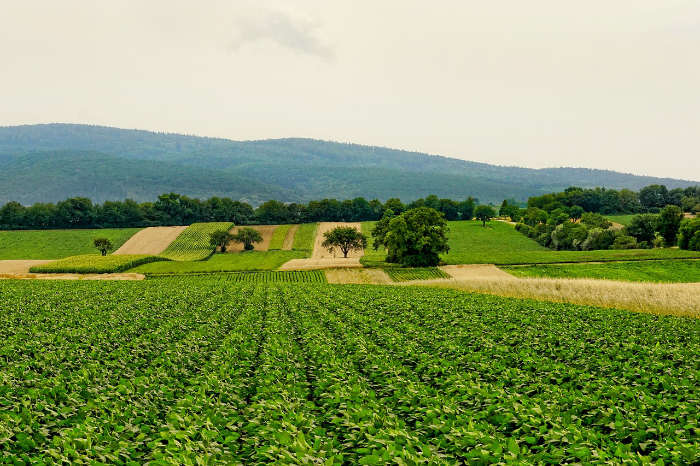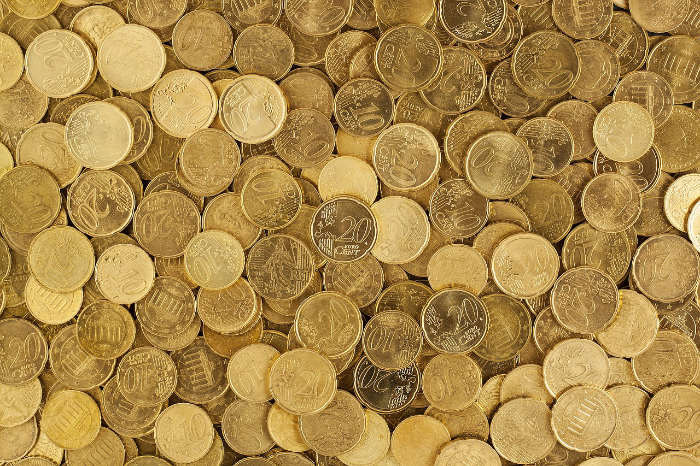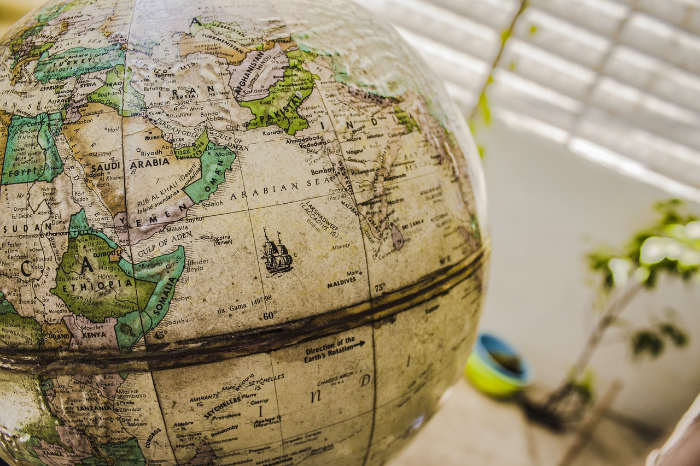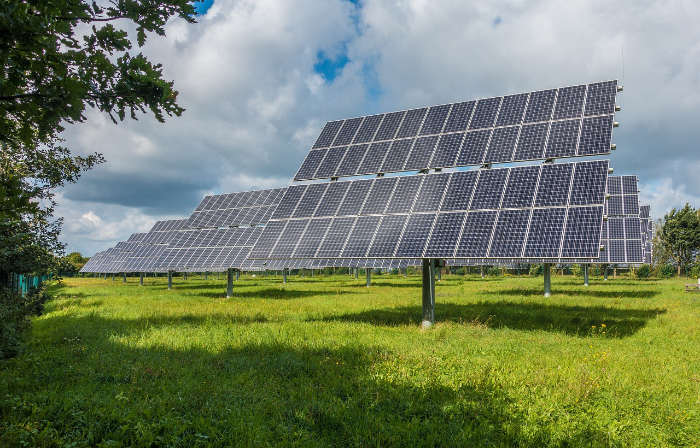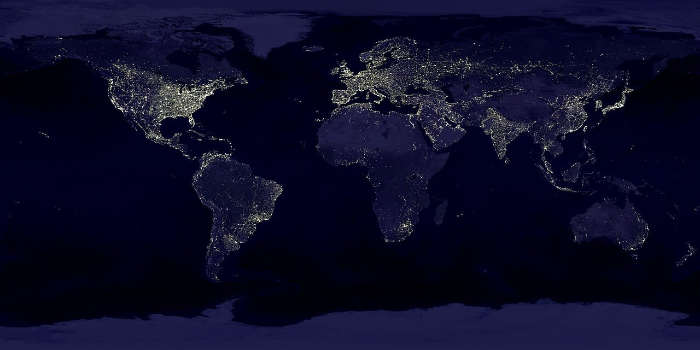Cotton Production by Country 2025

0
5M
10M
15M
20M
25M
30M
35M
5 Countries that Produce the Most Cotton
Country | Cotton Production 2024 (bales) | Share of Global Production 2024 | |
|---|---|---|---|
| China | 32M | 26.7% | |
| India | 24M | 20% | |
| United States | 14.4M | 12% | |
| Brazil | 17M | 14.2% | |
| Australia | 5.6M | 4.7% | |
| Turkey | 4M | 3.3% | |
| Pakistan | 5M | 4.2% | |
| Uzbekistan | 3M | 2.5% | |
| Turkmenistan | 800K | 0.7% | |
| Mali | 1.1M | 0.9% | |
| Benin | 1.3M | 1.1% | |
| Argentina | 1.3M | 1.1% | |
| Mexico | 900K | 0.8% | |
| Burkina Faso | 600K | 0.5% | |
| Myanmar | 571K | 0.5% | |
| Tanzania | 350K | 0.3% | |
| Cameroon | 680K | 0.6% | |
| Sudan | 600K | 0.5% | |
| Ivory Coast | 660K | 0.6% | |
| Tajikistan | 500K | 0.4% | |
| Nigeria | 350K | 0.3% | |
| Iran | 400K | 0.3% | |
| Kazakhstan | 265K | 0.2% | |
| Azerbaijan | 475K | 0.4% | |
| Ethiopia | 180K | 0.2% | |
| Zimbabwe | 215K | 0.2% | |
| Chad | 150K | 0.1% | |
| Uganda | 110K | 0.1% | |
| Bangladesh | 153K | 0.1% | |
| Zambia | 45K | ||
| Syria | 160K | 0.1% | |
| Mozambique | 115K | 0.1% | |
| Malawi | 37K | ||
| Togo | 120K | 0.1% | |
| Peru | 40K | ||
| Kyrgyzstan | 50K | ||
| Colombia | 60K | 0.1% | |
| Afghanistan | 400K | 0.3% | |
| South Africa | 62K | 0.1% | |
| North Korea | 55K | ||
| Central African Republic | 36K | ||
| Israel | 40K | ||
| Senegal | 27K | ||
| Madagascar | 30K | ||
| Ghana | 28K | ||
| Venezuela | 8K | ||
| Paraguay | 250K | 0.2% | |
| Guinea | 18K | ||
| Iraq | 15K | ||
| Bolivia | 10K | ||
| Indonesia | 2K | ||
| Niger | 9K | ||
| Somalia | 7K | ||
| Vietnam | 3K | ||
| Thailand | 2K | ||
| Yemen | 8K | ||
| Cuba | 4K | ||
| Haiti | 5K | ||
| Kenya | 5K | ||
| Angola | 5K | ||
| Ecuador | 1K | ||
| Albania | 1K | ||
| Philippines | 2K | ||
| Egypt | 425K | 0.4% | |
| Sri Lanka | 5K | ||
| Total | 118.6M |
- 2023 data compiled by the United States Department of Agriculture and displayed in number of 480-lb bales produced.
- 2021 & 2022 data compiled by the International Cotton Advisory Committee and displayed in 1000s of metric tons (1k mt). It is likely that several countries rounded production to the nearest 1000 tons, which could result in countries with production less than 500 tons posting a production amount of 0.
Cotton is the world’s most popular fiber used for manufacturing clothing and various textiles. As of the most recent data (2023–2024), an estimated 25 million tons of cotton is being produced worldwide (roughly 115–120 million bales, with 1 bale ≈ 218 kg or 480 pounds).
The four most common types of cotton produced are Gossypium hirsutum, Gossypium babadense, Gossypium arboretum, and Gossypium herbaceum. Beloved fabrics like denim, corduroy, and terrycloth are made from cotton.
1. China
34 million bales - Home to the largest population in the world, China is also the largest producer, consumer, and importer of cotton. Millions of people are involved in the production of cotton in China.
2. India
24 million bales - India is often referred to as the birthplace of cotton, and the industry plays a significant role in the economy of the country. Even though India’s production has ranked second in the past few years, the nation possesses more areas to cultivate cotton than China does. It is possible India will make a reappearance at the top of the list if all available areas are cultivated.
3. Brazil
17 million bales - Brazil saw strong growth in cotton production between the years of 2015 and 2019. And though it experienced a slight dip in production due to the COVID-19 pandemic, the country remains one of the largest exporters of cotton in the world. This is despite roughly 92% of the cotton area in Brazil not being irrigated.
4. The United States of America
14.4 million bales - Most of the cotton produced in the United States comes from the country’s southern region. American farmers make full use of the tools available to help them harvest and cultivate cotton. The U.S. is a large importer of cotton due to the high demand for clothing and textiles.
5. Australia
5.6 million bales - Nearly 66% of Australian cotton is grown in New South Wales, with the remaining 34% being grown in Queensland. Australia produces enough cotton to clothe 500 million people in a typical year.
6. Pakistan
5 million bales - Pakistan’s cotton production has been on a bit of a rollercoaster in recent years. From tough weather—including major floods—to pest problems and rising costs, farmers have faced plenty of challenges. While things are starting to improve, growth is still slow. This year, cotton production is expected to rise by just about 2% – a small step forward but a hopeful sign for one of the country’s most important crops.
7. Turkey
4 million bales - Turkey currently has tens of thousands of licensed cotton farmers. Cotton production is essential to the country, but in this water-stressed nation, increasing the cotton harvest poses challenges to the farmers.
8. Uzbekistan
3 million bales - While Uzbekistan was once one of the world’s top cotton exporters, it now sends more of its cotton into its growing domestic textile sector. The country has gained recognition for eliminating forced child labor from its cotton cultivation. Currently, most of the cotton production is done by small farmers.
9. Argentina
1.3 million bales - Most of Argentina’s cotton is grown in the northern provinces, including Chaco, Santiago del Estero, and Formosa, where the climate supports seasonal cultivation. While Argentina’s cotton industry is smaller than those of major exporters, it plays a key role in supporting local textile manufacturing and rural economies.
10. Benin
1.3 million bales - Tying with Argentina in terms of production, Benin has become a standout success story in African cotton, with the crop anchoring its economy and sustaining countless smallholder farmers. Strong policies, better seeds, and rising private investment have helped the country climb into the top tier of global producers, turning cotton into both a livelihood and a point of national pride.
11. Mali (Honorable mention)
1.1 million bales - Mali is one of Africa’s top cotton producers and a key player on the global stage. Much of its cotton is grown by smallholder farmers who rely on it as a major source of income. Often called “white gold” in Mali, cotton is not only a vital export but also a backbone of the rural economy. Despite challenges like price fluctuations and weather extremes, Mali continues to expand its production and even improve sustainability practices.





